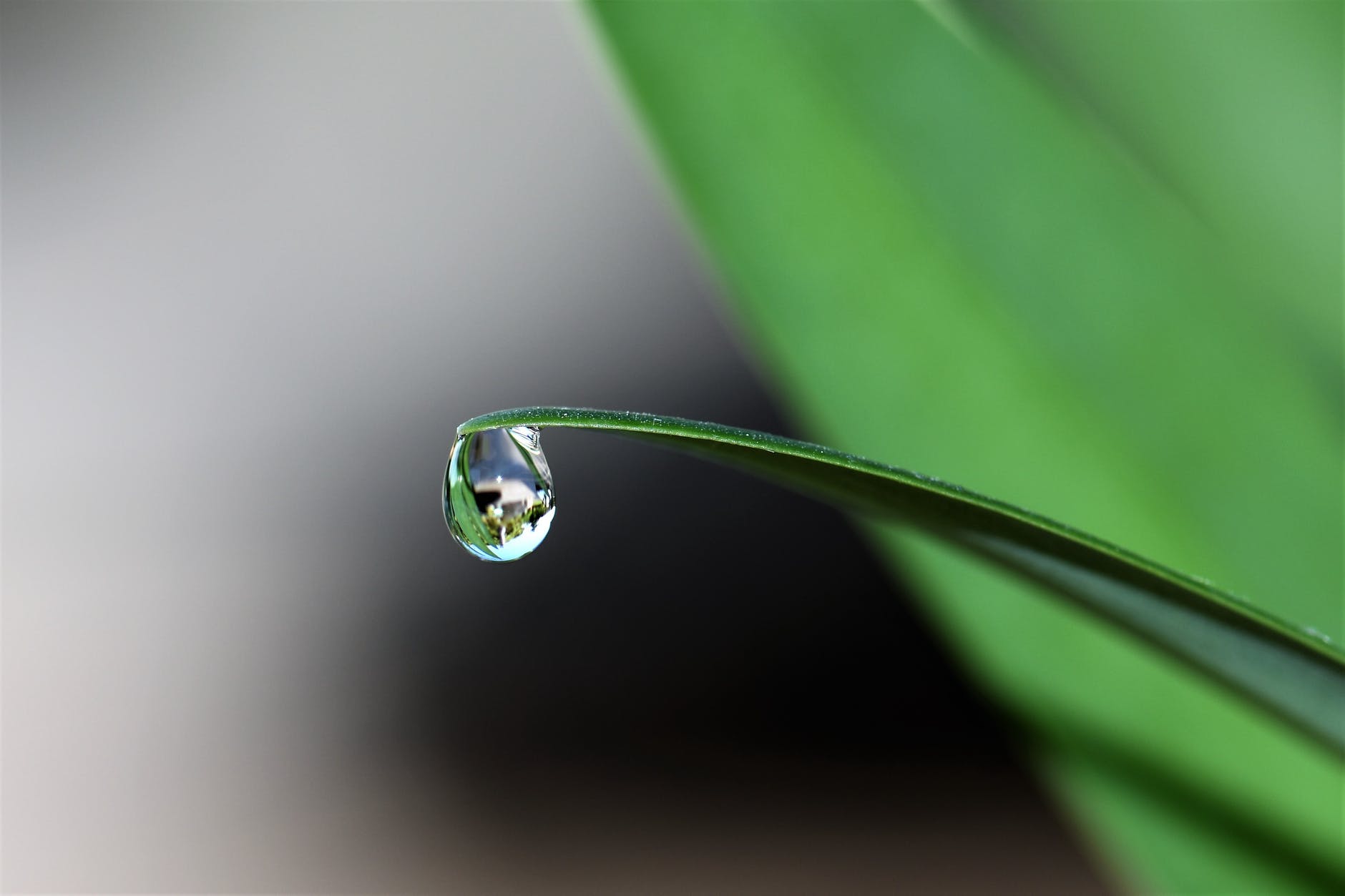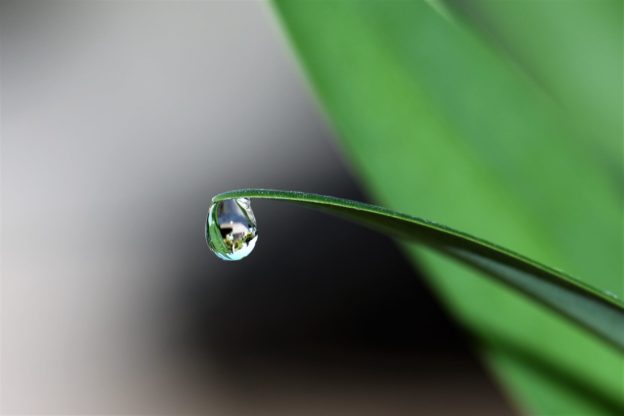Nature has reached a sort of equilibrium, and we seem to expect an endless, constant existence of the world around us. However, in our efforts to be comfortable, to make a good living, to ‘progress’, we have invaded and exploited and modified the very environment we live in. By ignoring in many ways the natural processes that exist around is, and upon which we rely for our very lives, we have spoiled things and are reaping the rewards of inattention and carelessness of many generations.
Returning nature to its previous state is not really possible on the large scale but can largely be achieved on a site-by-site basis. Restoring the vibrancy and interconnections within the many aspects of nature – forests, wetlands, shorelines, mountainscapes – may also not be completely attainable. However, introducing manners of natural process into our built and managed environments, can be done. And rainwater management is an example. The harvesting, or collection, of roof runoff, and using it on site, interrupts the common redirection of water to a place that is out of site and mind.
While not the penultimate method for saving the planet’s water resources, managing rainwater is easy to incorporate into our lives and streetscapes and outdoor spaces and a very positive tool to implement. This course looks at how managing rainwater and mimicking natural processes – or actually building these processes – is a valuable tool in facing the changing climate and weather norms we have become too accustomed to.
Learning Objectives:
- Explain Nature’s ways of doing things
- Describe atmospheric, surface, and ground water
- Apply new paradigms and utilize rainwater as a resource
- Modify our use patterns and consumption of water
- Identify ways to mimic natural processes
About Instructor






